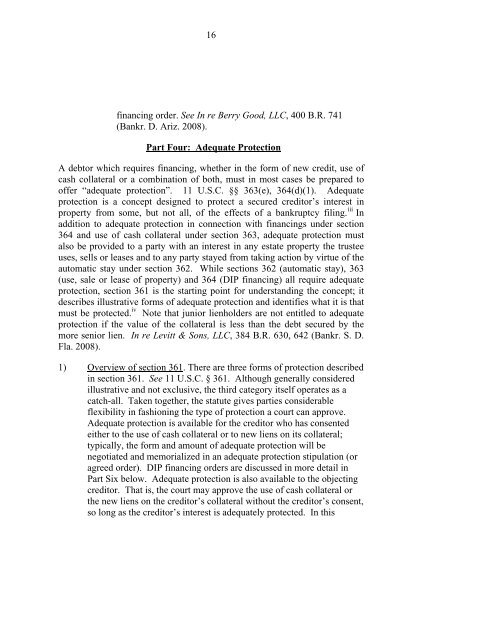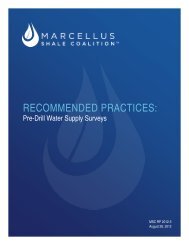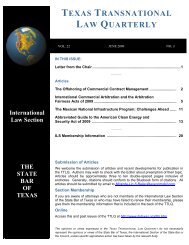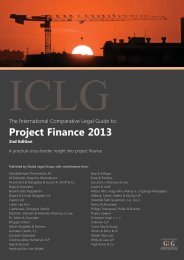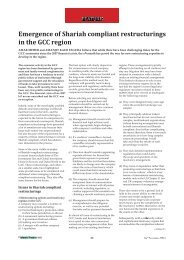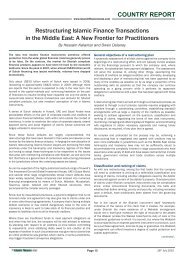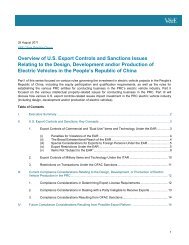12 AN INTRODUCTION TO DIP FINANCING Jane Lee
12 AN INTRODUCTION TO DIP FINANCING Jane Lee
12 AN INTRODUCTION TO DIP FINANCING Jane Lee
Create successful ePaper yourself
Turn your PDF publications into a flip-book with our unique Google optimized e-Paper software.
16<br />
financing order. See In re Berry Good, LLC, 400 B.R. 741<br />
(Bankr. D. Ariz. 2008).<br />
Part Four: Adequate Protection<br />
A debtor which requires financing, whether in the form of new credit, use of<br />
cash collateral or a combination of both, must in most cases be prepared to<br />
offer “adequate protection”. 11 U.S.C. §§ 363(e), 364(d)(1). Adequate<br />
protection is a concept designed to protect a secured creditor’s interest in<br />
property from some, but not all, of the effects of a bankruptcy filing. iii In<br />
addition to adequate protection in connection with financings under section<br />
364 and use of cash collateral under section 363, adequate protection must<br />
also be provided to a party with an interest in any estate property the trustee<br />
uses, sells or leases and to any party stayed from taking action by virtue of the<br />
automatic stay under section 362. While sections 362 (automatic stay), 363<br />
(use, sale or lease of property) and 364 (<strong>DIP</strong> financing) all require adequate<br />
protection, section 361 is the starting point for understanding the concept; it<br />
describes illustrative forms of adequate protection and identifies what it is that<br />
must be protected. iv Note that junior lienholders are not entitled to adequate<br />
protection if the value of the collateral is less than the debt secured by the<br />
more senior lien. In re Levitt & Sons, LLC, 384 B.R. 630, 642 (Bankr. S. D.<br />
Fla. 2008).<br />
1) Overview of section 361. There are three forms of protection described<br />
in section 361. See 11 U.S.C. § 361. Although generally considered<br />
illustrative and not exclusive, the third category itself operates as a<br />
catch-all. Taken together, the statute gives parties considerable<br />
flexibility in fashioning the type of protection a court can approve.<br />
Adequate protection is available for the creditor who has consented<br />
either to the use of cash collateral or to new liens on its collateral;<br />
typically, the form and amount of adequate protection will be<br />
negotiated and memorialized in an adequate protection stipulation (or<br />
agreed order). <strong>DIP</strong> financing orders are discussed in more detail in<br />
Part Six below. Adequate protection is also available to the objecting<br />
creditor. That is, the court may approve the use of cash collateral or<br />
the new liens on the creditor’s collateral without the creditor’s consent,<br />
so long as the creditor’s interest is adequately protected. In this


